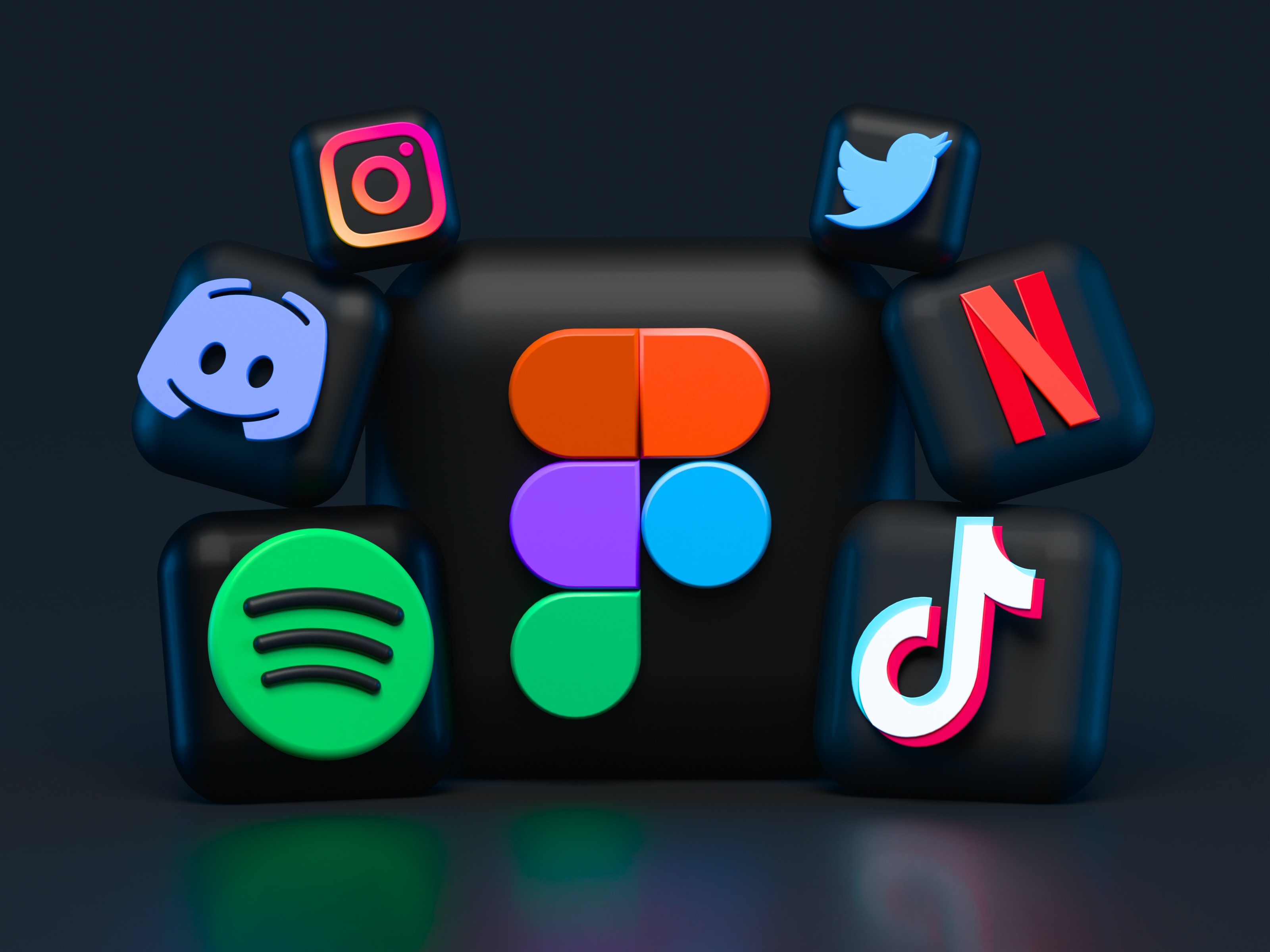Articles
Enhancing User Experience with ChatGPT in UI/UX Design
Introduction
ChatGPT, powered by OpenAI's advanced language model, has brought about significant advancements in natural language processing and human-computer interactions. Its ability to understand and generate human-like responses opens up new possibilities for incorporating conversational interfaces into UI/UX design. In this blog, we will explore the potential of ChatGPT in enhancing user experience (UX) and how it can be effectively integrated into UI design.
Personalized and Conversational User Interfaces:
ChatGPT enables designers to create personalized and conversational user interfaces that mimic human interactions.
By integrating ChatGPT into UI design, designers can provide users with a more engaging and interactive experience.
Conversational UIs can enhance user satisfaction, as users can receive instant responses, guidance, and support, leading to a more intuitive and natural user experience.
Contextual Assistance and Guidance:
ChatGPT can serve as a virtual assistant, providing contextual assistance and guidance to users.
Through real-time chat interactions, ChatGPT can understand users' queries, provide relevant information, and guide them through complex tasks or processes.
Users can receive personalized recommendations, step-by-step instructions, and instant feedback, leading to a smoother and more efficient user experience.
Improved User Onboarding and Support:
ChatGPT can be leveraged in UI/UX design to enhance user onboarding processes and provide ongoing support.
During onboarding, ChatGPT can engage users in conversational interactions, helping them navigate through the application or website, explain features, and answer questions.
As a support tool, ChatGPT can address user queries, troubleshoot issues, and offer personalized recommendations, reducing user frustration and improving overall satisfaction.
Natural Language Interfaces:
ChatGPT allows designers to create natural language interfaces that enable users to interact with applications using natural, human-like conversations.
Natural language interfaces eliminate the need for users to learn complex menu structures or commands, providing a more intuitive and user-friendly experience.
By leveraging ChatGPT's capabilities, designers can create voice-activated interfaces or chatbots that offer a seamless and familiar interaction paradigm.
Usability Testing and Feedback:
ChatGPT can be utilized in usability testing and gathering user feedback.
Designers can simulate conversational scenarios with users and observe their responses to identify areas of improvement in the UI design.
ChatGPT can also assist in conducting surveys or feedback sessions, allowing users to provide input and suggestions in a conversational manner, leading to more valuable insights for iterative design improvements.
Ethical Considerations:
When incorporating ChatGPT into UI/UX design, designers need to consider ethical implications and potential biases that may arise from the language model's responses.
Designers should ensure that the system respects user privacy, avoids offensive or discriminatory language, and provides transparent information about the AI-powered nature of the interface.
Ongoing monitoring and iterative design improvements are essential to address any issues or concerns related to the use of ChatGPT in UI design.
Conclusion
Integrating ChatGPT into UI/UX design opens up exciting possibilities for creating more engaging, personalized, and intuitive user experiences. By leveraging ChatGPT's conversational capabilities, designers can enhance user interactions, provide real-time assistance, and improve overall satisfaction. However, it is crucial to consider ethical considerations, monitor the system's responses, and iterate on the design to ensure a positive and inclusive user experience. As ChatGPT continues to evolve, it holds great potential for transforming the way users interact with digital interfaces and shaping the future of UI/UX design.


